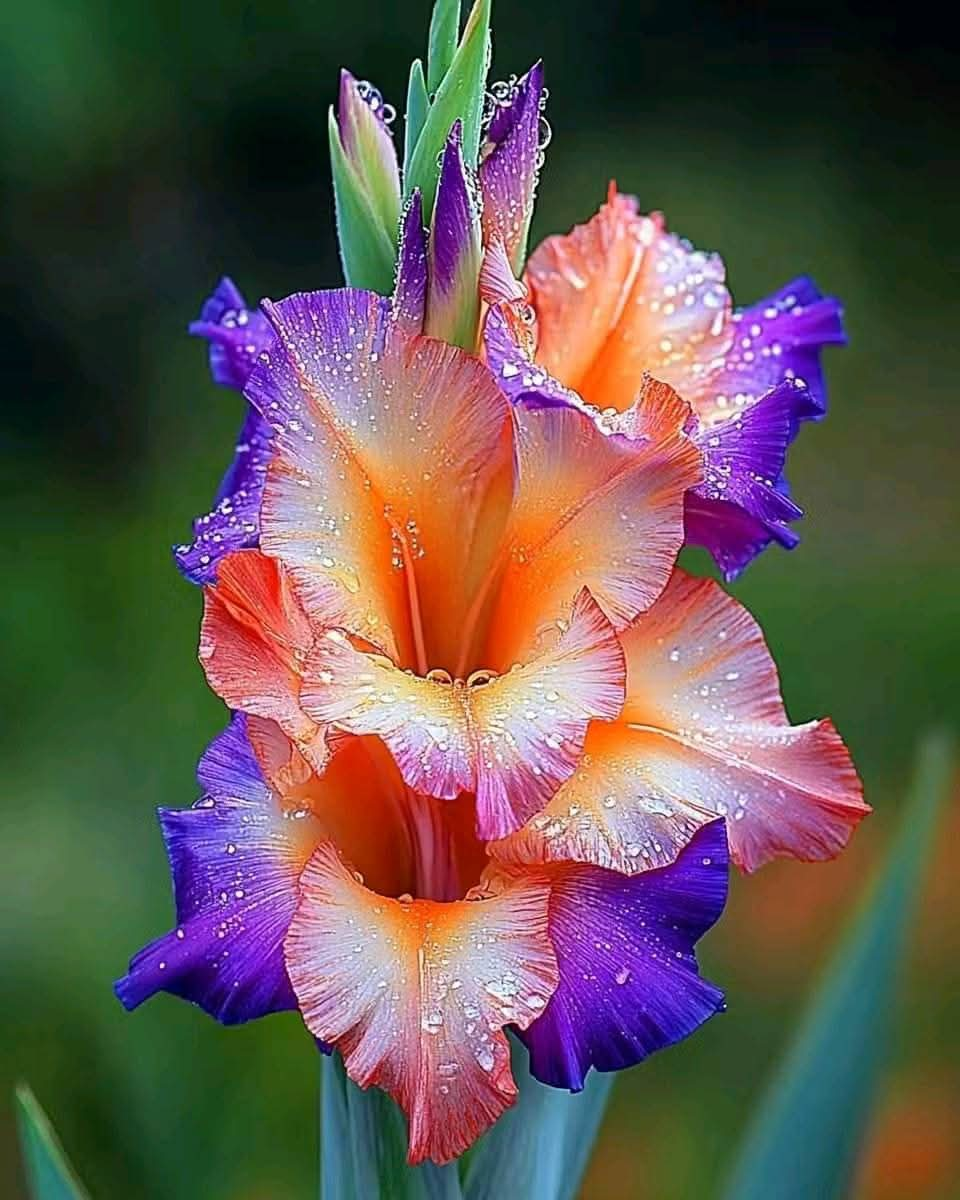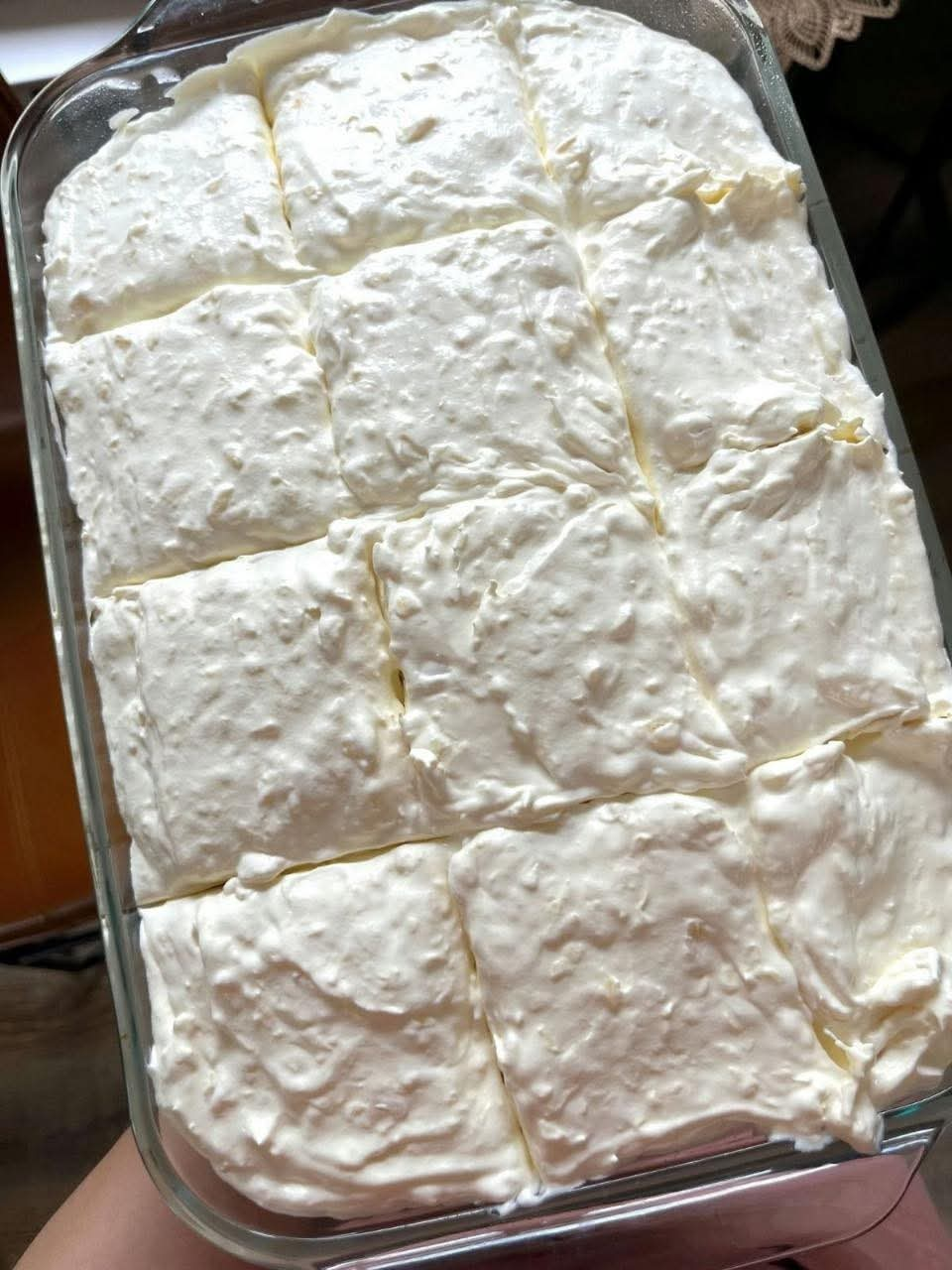The Rainbow Gladiolus (Gladiolus Hybrid) is a breathtaking addition to any garden, featuring vibrant multicolored blooms that blend fiery orange, soft peach, and deep purple hues. These tall, elegant flowers create a dramatic vertical accent, making them perfect for flower beds, borders, and floral arrangements. With their easy maintenance and eye-catching appeal, Rainbow Gladiolus is a must-have for both seasoned and beginner gardeners.
Why This Flower Is a Showstopper
The Rainbow Gladiolus stands out because of its bold color palette and graceful structure. The flowers bloom in a stunning array of warm and cool tones, creating an eye-catching contrast that complements any garden setting. Here’s why it deserves a spot in your garden:
✔ Vibrant Multicolor Blooms – Unlike traditional gladiolus varieties that bloom in a single shade, this hybrid features a beautiful gradient of colors, making it truly unique.
✔ Ideal for Cut Flowers – Their long stems and sturdy structure make them perfect for bouquets and floral arrangements, lasting up to two weeks in a vase.
✔ Easy to Grow – With proper care, gladiolus are low-maintenance and provide reliable blooms every summer.
✔ Attracts Pollinators – These flowers draw in bees, butterflies, and hummingbirds, promoting a healthy garden ecosystem.
✔ Great for Vertical Interest – Their tall, upright growth adds depth and texture to flower beds.
Growing Conditions for Rainbow Gladiolus
To get the most out of your Rainbow Gladiolus, it’s important to provide the right light, water, soil, and nutrients.
🌞 Light Requirements
Gladiolus need full sun to thrive. They require at least 6 hours of direct sunlight per day for optimal flowering. If grown in partially shaded areas, the blooms may be smaller, and the stems might become leggy.
💧 Watering Guidelines
Consistent moisture is key, but gladiolus do not tolerate soggy or waterlogged soil. Here’s what to keep in mind:
✔ Water deeply once or twice a week, ensuring the soil remains evenly moist.
✔ Avoid overhead watering, as wet leaves can lead to fungal issues.
✔ During dry periods, consider mulching around the base to retain soil moisture.
🌱 Soil Requirements
Rainbow Gladiolus thrives in well-draining, fertile soil. The best soil mix should include:
✔ Loamy or sandy soil with good aeration.
✔ A slightly acidic to neutral pH (6.0–7.0).
✔ Organic matter like compost or aged manure to boost fertility.
🌡 Ideal Temperature & Humidity
✔ Temperature: These flowers do best in 65-80°F (18-27°C).
✔ Humidity: Moderate humidity levels are preferred, but too much moisture can lead to mold and mildew issues.
🌿 Fertilizing for Maximum Blooms
To ensure healthy, robust flowers, fertilizing is crucial. Here’s the best approach:
✔ Use a balanced 10-10-10 fertilizer every 4-6 weeks during the growing season.
✔ Stop fertilizing once buds start forming to prevent excessive foliage growth over blooms.
How to Plant Rainbow Gladiolus
🌱 Step 1: Choose the Right Location
Pick a sunny spot with well-draining soil and good air circulation.
🌱 Step 2: Planting Corms
Gladiolus grow from corms, which should be planted 4-6 inches deep and 6 inches apart.
🌱 Step 3: Water & Mulch
Water the area thoroughly after planting and add a layer of mulch to conserve moisture.
🌱 Step 4: Provide Support
Since gladiolus grows tall, it may need staking to prevent bending in strong winds.
Caring for Rainbow Gladiolus
🌸 Deadheading & Pruning
✔ Remove faded blooms to encourage new flower production.
✔ Cut stems at the base after blooming, but leave the leaves intact until they turn yellow.
🌸 Pest & Disease Control
✔ Watch for thrips, aphids, and spider mites—they can be managed with insecticidal soap.
✔ Prevent fungal diseases by ensuring good air circulation and avoiding overhead watering.
🌸 Winter Storage (For Cold Climates)
✔ If you live in USDA Zones 6 or colder, dig up the corms after the first frost.
✔ Store them in a cool, dry place for replanting in spring.
Best Companion Plants for Rainbow Gladiolus
Gladiolus pairs beautifully with:
🌿 Dahlias – Their bold blooms complement gladiolus beautifully.
🌿 Lavender – Provides contrast and deters pests.
🌿 Roses – Creates a classic, elegant garden look.
Using Rainbow Gladiolus in Landscaping
🏡 Flower Beds & Borders: Their tall growth habit makes them ideal for the back of flower beds.
🏡 Container Gardening: They can be grown in large pots for a patio display.
🏡 Cut Flower Arrangements: Their long vase life makes them a florist favorite.
Final Thoughts
The Rainbow Gladiolus is a must-have for any flower lover. With minimal care, these dazzling flowers will reward you with a stunning floral show year after year. Their bold, beautiful blooms, low maintenance, and versatility make them a garden favorite.
🌿 Will you be planting Rainbow Gladiolus this season? Let me know in the comments! 💬
More Articles You Might Like
-
Texas Toast Sloppy Joes: The Crunchy, Cheesy Upgrade You Didn’t Know You Needed
There’s something timeless about sloppy joes. For generations, this saucy, savory, and slightly sweet ground beef sandwich has been a go-to comfort food in American kitchens. It’s quick, filling, and family-friendly—perfect for busy weeknights. But what if we told you there’s a way to take this classic dish up a notch? Enter the Texas Toast…
-
Classic Pig Pickin’ Cake
When it comes to Southern desserts, few sweets shine as brightly as the Classic Pig Pickin’ Cake. This nostalgic cake, sometimes called a “Mandarin Orange Cake,” has roots deep in Southern tradition. It gets its playful name from its frequent appearance at pig pickin’s—Southern-style barbecue gatherings where communities come together to enjoy slow-cooked pork, sides,…
-
Lemon Garlic Butter Chicken with Creamy Parmesan Pasta
There’s something irresistible about the combination of tender, golden-browned chicken paired with a creamy pasta coated in Parmesan cheese. Add the brightness of lemon, the depth of garlic, and the richness of butter, and you have a recipe that feels indulgent yet approachable enough for a weeknight dinner. Lemon Garlic Butter Chicken with Creamy Parmesan…



